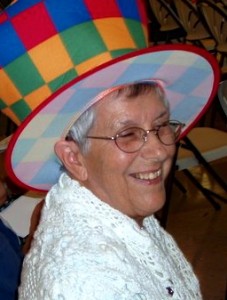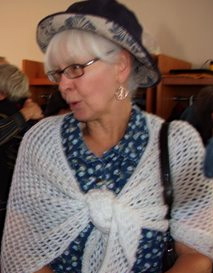
Three years ago, on September 22, 2009, Simcoe County Council voted by a large majority to finally abandon its plans to put a garbage dump on Site 41. This site is right on top of an aquifer containing some of the purest water in the world. Very bad idea, but the Council didn’t seem to think so.
For over 25 years local people worked hard to prevent this from happening. People protested in every way they could think of, through presentations and petitions to Simcoe County Council, and to the provincial government, which gave the dump site environmental approval. Protest marches. Letters to editors. Songs. At their own expense, the people hired independent scientific experts to do tests and write reports. All to no avail for more than 25 long years.
Then things changed in 2009.
First, local First Nations people decided enough already. In the Anishinabe culture, women are the keepers of water, so a group of Anishinabe women set up a protest camp at the site. The men are the keepers of fire, so a group of Anishinabe men built a sacred fire and made sure it did not go out. A local farmer let them camp on his land; being private property, no-one could come in and turf them out. Local people brought hardwood for the fire, and food, and shared the blockades set up to stop the bulldozers.
Remember the camp? Wasn’t that something? The fire, the kitchen area, the teepees. Remember the police cars roaming the roads, officers taking down car license plate numbers at protest meetings. Some protesters were arrested and locked up. Yeah, that happened too, it wasn’t all just sitting round the campfire.

Barrie And District Raging Grannies singing at Site 41
The camp, the passionate First Nations speakers, the protests, the arrests, it all garnered great press coverage. Others took notice. Environmentalists like David Suzuki expressed their support publicly. Maude Barlow of the Council of Canadians came in person and spoke at protest meetings. Even Ralph Nader came up from the US.
And finally, we the people won. Three years ago, on September 22, 2009, Simcoe County Council dropped the whole terrible idea of putting a garbage dump on top of an aquifer of pristine, pure water. At the camp celebration that night, the sacred fire which had burned for 139 days, was allowed to go out.
Google Dump Site 41 to learn more about it, and the long history of local actions and protests. Thank you to Maude Barlow and The Council of Canadians for supporting the many groups and individuals who worked for this success. See their site at www.canadians.org/site41 for information and a good video.
Granny Mariane, who is also a member of the Council of Canadians, says, “I am proud to have been a part of Site 41. I took part in walks, attended the night when Maude spoke – and what a cold night that was – and sang with the Barrie And District Raging Grannies. Site 41 gave me hope and made me want to stand up and let my voice be heard, and continues to give me courage that all is not hopeless if we stand together.”
Granny Marjorie, who kept the Barrie And District Raging Grannies up to date on Dump Site 41 through those years, could not agree more.

Granny Marjorie

Granny Mariane






